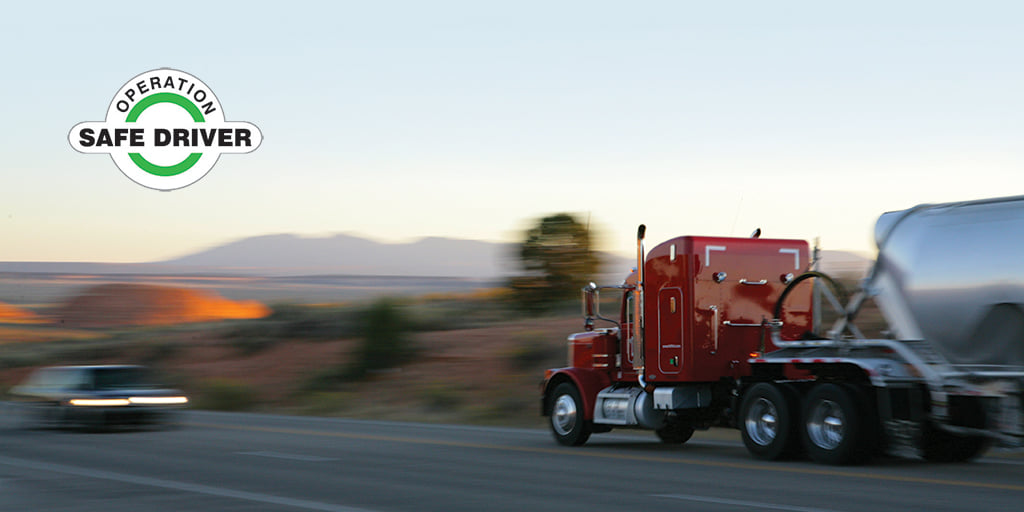Car drivers were ticketed three times more often than truckers during U.S. driver blitz

The Commercial Vehicle Safety Alliance (CVSA) released the results from this year’s Operation Safe Driver Week campaign.
This year, Operation Safe Driver Week took place July 11 — 17 throughout the U.S., Mexico, and Canada. The purpose of the operation is to warn or cite passenger and commercial vehicle drivers who engage in dangerous driving behaviors like speeding and distracted driving.
In the U.S., officers pulled over 23,871 commercial motor vehicle drivers and 9,366 passenger vehicle drivers during the weeklong event.
A total of 4,420 warnings and 3,158 citations were issued to commercial motor vehicle drivers in the U.S., and 4,018 warnings and 9,106 citations were issued to passenger vehicle drivers in the U.S.
In the U.S., Mexico, and Canada combined, officers pulled over 28,148 commercial motor vehicles and 17,910 passenger vehicles and issued 10,486 warnings and 16,863 citations.
The focus of this year’s Operation Safe Driver Week was speeding. Speeding was the top driver-behavior violation for both commercial and passenger vehicle drivers. Officers in the U.S., Mexico, and Canada issued a total of 11,039 citations and 5,478 warnings for speeding/basic speed law/driving too fast for conditions. Officers issued 9,349 citations and 2,929 warnings for speed-related offenses to passenger vehicle drivers, and 1,690 speed-related citations and 2,549 warnings to commercial motor vehicle drivers.
Failure to wear a seat belt was the second most-cited violation, with 2,580 total citations and 1,308 warnings.
“Since we know that most crashes are caused by drivers, the best way to prevent crashes is to start with the cause – drivers,” said CVSA President Capt. John Broers with South Dakota Highway Patrol. “If seeing a patrol car causes a driver to slow down in a high-risk crash area of the roadway, then we’ll put patrol cars in that area. If being stopped by an officer causes that driver to be more conscientious, then our officers will pull over unsafe drivers. We will continue to do our part to make our roadways as safe as possible.”